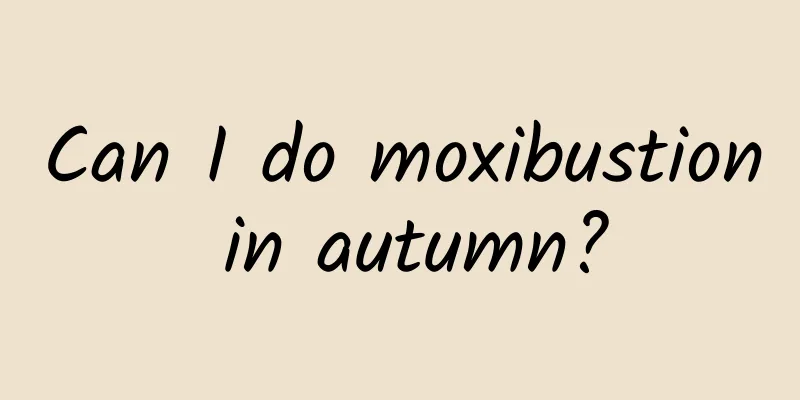Exercises for sciatica

|
When it comes to the disease of sciatica, I believe many friends do not feel unfamiliar with it, but are already very familiar with it. Sciatica is a relatively common neurological disease, which is mainly caused by long-term sitting or some muscle strain. The main clinical manifestations of sciatica include pain in the back of the thigh, the posterior and lateral parts of the calf, and even the inability to bend the waist. Therefore, sciatica needs to be conditioned and trained through certain exercises to reduce pain and aggravation of the disease. So what are the exercises for sciatica? In fact, there are many exercise methods for sciatica. Some of the exercise methods are very simple to operate, and you can easily exercise your body at home. Below I will give you a detailed introduction to the exercises for sciatica. Sciatica is a syndrome characterized by pain along the sciatic nerve pathway and distribution area. The vast majority of sciatica cases are secondary to lesions in the local sciatic nerve and surrounding structures that cause stimulation, compression and damage to the sciatic nerve, which is called secondary sciatica; a few are primary, namely sciatica. Causes: There are many causes. The sciatica in the vast majority of patients is secondary to the stimulation, compression and damage to the sciatic nerve caused by lesions in the local sciatic nerve and surrounding structures, which is called secondary sciatica; a few are primary, namely sciatica. Clinical manifestations 1. General symptoms: (1) The pain is mainly limited to the sciatic nerve distribution area, the back of the thigh, the posterolateral side of the calf and the foot. Patients with severe pain may adopt a unique posture: bending their waist, bending their knees and standing on their toes. If the lesion is located at the nerve root, the pain will worsen when the pressure in the spinal canal increases (coughing, exerting force). (2) The degree of muscle weakness can vary greatly depending on the cause, location of the lesion, and the extent of the damage. The muscles innervated by the sciatic nerve may be completely or partially weak or paralyzed. (3) There may or may not be tenderness over the sciatic nerve trunk at the sciatic notch. (4) There is a sciatic nerve traction sign, positive Lasegue sign and its equivalent sign. The presence of this sign is often parallel to the severity of pain. This symptom may disappear after local anesthesia of the sciatic nerve root or nerve trunk. (5) The Achilles tendon reflex decreases or disappears, and the knee reflex may increase due to stimulation. (6) There may be a decrease or disappearance of various sensations in the area innervated by the sciatic nerve, including a decrease in vibration sensation at the lateral ankle, or there may be very mild sensory impairment. 2. Sciatica: often accompanied by various types of infections and systemic diseases, such as upper respiratory tract infections. Because the sciatic nerve is relatively superficial, sciatica is prone to occur when exposed to moisture or cold. When sciatica occurs due to systemic diseases, attention should be paid to the presence of complications such as collagen disease and diabetes. Most cases of sciatica are unilateral and not accompanied by waist or back pain. The pain is generally continuous but can also be paroxysmal. Symptoms worsen when spinal canal pressure increases and can also radiate along the sciatic nerve. 3. Secondary sciatica: (1) Lumbar disc herniation is the most common cause of sciatica. Most patients develop it between the ages of 20 and 40. The clinical characteristics are low back pain for several weeks or months, followed by sciatica in one lower limb. (2) Lumbar osteoarthritis is more common in people over 40 years old. It has a subacute to chronic onset and is often accompanied by a history of long-term low back pain. It is difficult to stand up after sitting for a long time, or to sit down after standing for a long time. (3) Congenital malformations of the lumbar sacral spine include lumbar sacralization, sacral lumbarization, and occult spina bifida. In addition to sciatica, the latter often presents with a history of enuresis. Physical examination often reveals foot deformities and abnormalities of the lumbar skin, such as a small depression behind the anus and a small hemangioma on the midline of the sacrum. (4) Sacroiliitis is commonly caused by rheumatoid or tuberculous lesions. When there is exudation and destruction of the joint capsule, it stimulates the L4-5 nerve trunks, and some patients may have symptoms of sciatica. Exercises for sciatica 1. Hanging bar: Find a horizontal bar and let your body hang freely. This stretches the spine, helps relieve pain in the waist and legs, and has a certain effect in correcting posture. 2. Stand on books with your toes: Place a pile of books on the floor, then stand on the books with your toes, with your heels hanging in the air. Do this exercise until you can’t hold on any longer (you can shorten the exercise time when you try it for the first time, and do it step by step). 3. Raise your legs: Straighten your legs, lie on your back on the bed, and slowly lift your legs upwards (keep your legs straight). When you feel pain in your waist and legs, continue for a while and then rest. 4. Leg stretching: This does not mean that you have to stretch your legs like martial artists. To keep it simple, just sit on the bed, lean your back against the wall, stretch your legs straight, and then reach your heels with your hands. In daily life, we should also pay attention to keeping our waist warm. There are many waist protectors on the market now, some of which are specially designed for sciatica patients. The waist must not be exposed to cold, otherwise it will cause lumbar neuritis and aggravate the pain in the waist and legs. And pay attention to eating a balanced diet to help alleviate the symptoms. We must get rid of those bad habits in our life. If you suffer from sciatica, you must never sleep on a soft bed. Sleeping on a hard bed can help the spine return to the correct posture. Avoiding high heels when going out can also help correct the spine. After reading the answer to the question of what exercises to use for sciatica described in detail above, I believe that you all have a general understanding of it. Exercises for sciatica include outdoor hanging poles, indoor toe books, leg raising, leg pressing, etc., which can relieve sciatica to a certain extent. You may wish to try it! |
<<: Avoid spicy food for cold hands and feet. Chinese medicine reminds you of 4 taboos
Recommend
What causes anal pain during menstruation?
If women experience anal pain during menstruation...
What is pathological acute eyelid inflammation?
The eyelid is a very important part of the eye. I...
What are the classifications of shock? These three are the most common
Generally speaking, there are many types of shock...
What are the effects and uses of baby facial masks?
Facial masks can provide good protection for the ...
Why do lips swell with urticaria?
Sausage mouth is often seen on TV, but although i...
What are the effects and functions of motherwort
Motherwort is frequently used by many women. Not ...
Fresh Dendrobium officinale
I believe everyone is familiar with Dendrobium. I...
What should I do if I experience chest tightness and shortness of breath in late pregnancy? Will it affect the fetus?
It takes a woman ten months to give birth to a ch...
Osteosarcoma of the knee
Osteosarcoma is a type of tumor with a relatively...
What is the pain at the junction of the thigh and lower abdomen?
Pain in the part where the legs and lower abdomen...
What kind of cough is it if a child has a cough without sputum?
A child's cough without sputum is a dry cough...
How to treat fungal vaginitis
There are many common diseases. When it comes to ...
Can postpartum back pain be completely cured?
Giving birth is the most painful thing for women ...
How to recover from astigmatism
Eye astigmatism is a very common condition in dai...
Effects of Ganoderma lucidum
Ganoderma lucidum is a kind of fungus that grows ...









